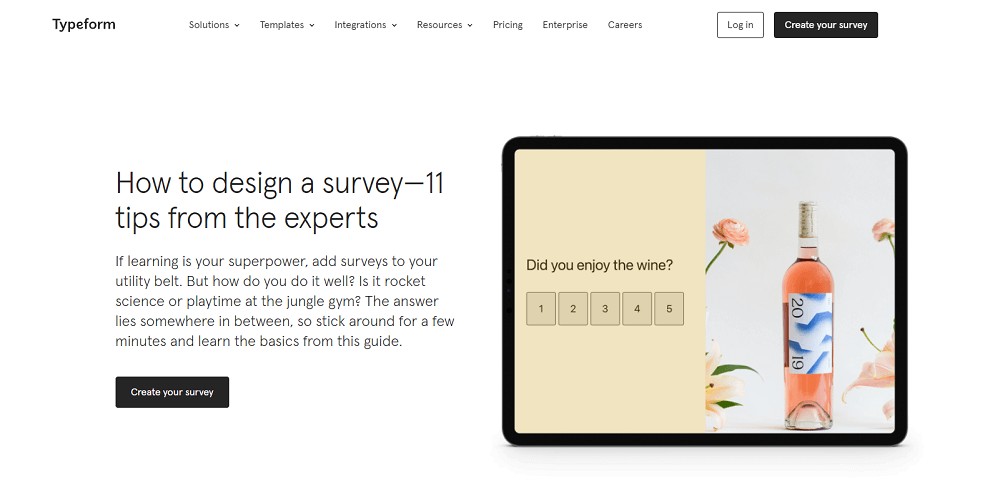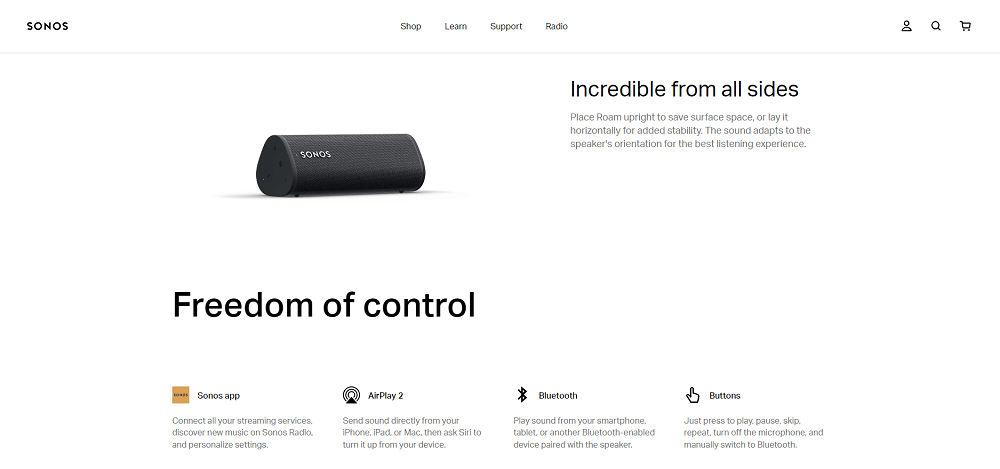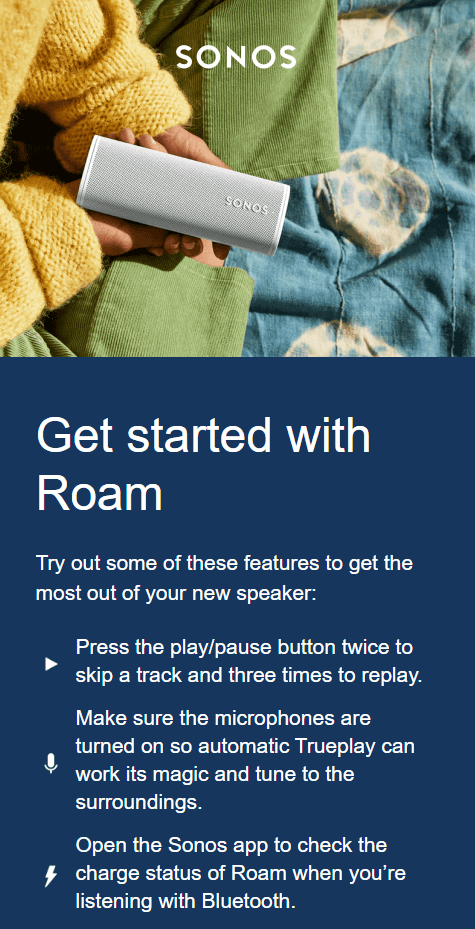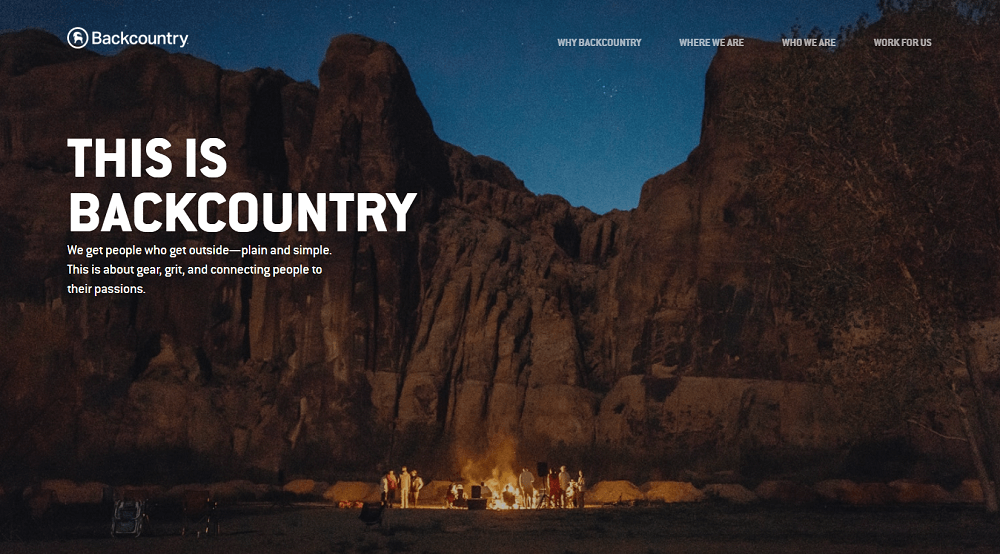“What’s the big deal? Words get mixed up all the time.” True, but when those words are content writing and copywriting, not honoring the differences between them can hurt your business big time.
For example, if you have the skill set for one but unwittingly market the other, you’ll quickly end up with disappointed clients. And that means no repeat business, no referrals, and potentially even a hard time getting other projects because of critical reviews and such.
This look into the differences between content writing and copywriting will help you avoid such a bad outcome.
What is the difference between content writing and copywriting?
Content writing is mainly meant to educate readers (and sometimes to entertain), whereas copywriting compels readers to take immediate action such as buying a product or service.

Of course, content can be persuasive too. For example, a blog post may include a call-to-action inviting readers to download an ebook that offers more info on the topic of the post. Likewise, copy can and should be informative, explaining how the action you want your audience to take is beneficial. So, yes, there are similarities and overlap. However, typically, you’ll see:
- More informative content such as blog posts and newsletters at the top of the funnel. And more sales and conversion-focused copy such as sales pages and ads used closer to the bottom of the sales funnel when an audience is more likely to buy.
(Not to mention that a top-of-funnel call to action will typically be more low-pressure and require less commitment than a bottom-of-funnel CTA meant to sell a product or service.)
- Copy used to generate conversions quickly, whereas content is used by marketers as more of a long-term strategy. The latter increases brand awareness and traffic, builds credibility, and generates engagement and leads, which are important jobs.
After all, the number of people ready to buy from you in the present will always be smaller than the number of potential customers out there. Content nurtures those potential customers continuously so that you have a steady supply to convert into customers via your copy.
Interestingly, there are also some common myths about the differences between these two. For example, some say that:
- Content is long-form and copy is short-form. But this isn’t true across the board. There’s short content (e.g. social media posts) and short copy (Google ads). And there’s long content (e.g. ebooks) and long copy (e.g. long-form sales pages).
- Content and copy are each limited to specific formats. It’s true that content writers produce articles, white papers, ebooks, and texts made mostly to inform. And that copywriters write sales pages, video sales letter scripts, copy for advertisements, and so on.
However, there can be crossover here as well. For example, blog posts, which are most often classified as content, can be approached more like copy (think product-led content), and so can email.
- Search engine optimization (SEO) is only for content. True, SEO is most commonly used for blog content. But, just like SEO content writing, SEO copywriting is a thing too. Search engine optimization can be done for anything you want to be found organically online, from articles and website copy to social media profiles and YouTube videos.
There are similarities and differences between the two, as you can see. Yet, both copywriting and content writing involve using psychology to reach marketing goals and move audiences through the sales process, turning leads into prospects and prospects into customers.
Copywriting vs. content writing examples
To see some of the differences above, let’s compare content and copy from a few brands.
Typeform

Look at one of Typeform’s landing pages and you’ll see that the text is:
- Product-focused, which often corresponds to more advanced stages in the customer journey when people are ready or near-ready to buy
- Call-to-action-focused with three CTAs visible even before page visitors have to scroll
- Inclusive of data and user stories meant to encourage people to act on the CTA
- Minimalistic (in the sense that there are very few links/options/calls-to-action that would lead visitors away from the landing page and, potentially, further from converting)
So, is it content or copy? Copy, unlike Typeform’s guide on how to design a survey.

While it also has a “create your survey” call-to-action, the focus is clearly on educating potential users. The guide provides information many people will want before becoming Typeform users or paying customers, and before sending out their first surveys.
Remember how we mentioned that content prepares the way for copy? This content is a good example of that.
Sonos
Our next example of copywriting vs. content writing comes from Sonos. The product page for Sonos Roam is, of course, copy designed to sell this portable speaker. That being the case, it covers product features, paints a picture of the benefits and conveniences of owning Roam, and even includes some social proof to persuade potential customers to buy.

On the other hand, you have the post-purchase email for the Roam speaker. Copy or content?

This email is content because its primary purpose isn’t to persuade or sell. It’s to provide:
- Useful tips for customers upfront
- Easy access to other helpful resources and tips if customers are interested
- Reiterate some features and benefits used in the copy that convinced customers to buy in the first place
Starting to see patterns in the differences between copywriting and content writing?
Backcountry
Next is Backcountry.

While good About pages do play a role in persuading potential customers to choose a brand, they—like Backcountry’s About page—are mainly classified as content. This is because they’re primarily informative, telling the reader about:
- Company values
- Brand story
- Company culture
- Team members and dynamics
Not to mention other company-related details such as mission and vision.
In contrast, the brand’s rainwear-focused email is meant to sell as evidenced by the prominently placed “Shop now” call-to-action.

The rest of the email:
- Explains (and shows) some of the top features and conveniences of Backcountry’s rainwear
- Mentions two sales to encourage immediate shopping
- Points to some interesting content to engage the audience even if they don’t browse or make a purchase right away
As you can see, both content and copy, both content writers and copywriters, have important roles. If one doesn’t work, the other won’t either. If one writer doesn’t do their job well, the other will have a doing theirs. So whether you’re a freelance writer or in charge of your company’s content marketing strategy, you need to understand the relationships and differences between copywriting and content writing.
Is copywriting a type of content writing?
Few would deny that there’s some overlap between content writing and copywriting. For example, some writers use copywriting frameworks like Pain Agitate Solution in blog posts and other texts classically categorized as content. But where many draw the line is saying that copywriting is a form of content writing.
I have three opinions on this.
- Because the intents of content writing and copywriting differ, they require different skill sets. Copywriting is more advanced in some ways since it requires a level of strategy and execution that generates immediate or near-immediate results. In that way, content and copywriting are two separate entities.
- However, some broader definitions of content are 1) something expressed through a medium such as speech, writing or any of the arts, and 2) media, information or experiences created for an end user by a publisher or media producer. Copy fits those descriptions, although it has a different purpose than purely educational content.
- Words intended to sell or persuade = copy. Since educational content often aims to persuade readers to adopt the writer’s or company’s viewpoint, some content is also copy (or at least a mic of content and copy). Hence the reason I tweeted this:
Just a reminder that content and copy are not the same 🙃
— Nia Gyant (@optimized3x) October 4, 2021
All copy is content but not all content is copy.
Which is better: Copywriter or content writer?
So, content writing vs copywriting? Which one you’ll likely be best at depends on your skills, interests, and goals. Here are a few things to ask yourself:
- Are you already a “good” writer? If yes, and especially if you have some knowledge of marketing or sales, copywriting is an option. But if you have little to no writing experience in a professional context, and don’t know much about marketing or sales, starting with content writing is best.
- Do you understand or are you deeply interested in psychology? If so, copywriting may be for you. If you have low or no interest, you can write content (but given that all of marketing is psychology-based, you may want to reconsider your writing career).
- Do you prefer a fast pace and high pressure? If yes, copywriting is for you since it’s meant to get immediate results and there’s nowhere to hide if it doesn’t. If no, content would be a better fit since it’s a long game and more mellow. (Of course, choosing content writing isn’t an excuse to slack; your content must still get results for clients.)
The above aren’t hard and fast rules. For example, you also have to consider which of the two disciplines you’re most interested in and if you could commit fully to learning the one you choose. (Although non-essential, interest can go a long way in helping you practice consistently, improve your skills, produce quality work, market your services, etc.) However, the questions above will give you a starting point to make your decision.
Can you be a copywriter and content writer?
Understandably, some wonder, “Can I be both a content writer and a copywriter? Why do I have to choose?” The answer is, yes. It’s not impossible to do both well, although it’s more challenging and relatively uncommon to find individuals who’ve mastered both. When you do find such people, you’ll often learn that they started with one first, got really good, and then added the other to their skill set.
So, if you’re dead set on learning both, you can. However, I recommend putting 100% effort into one first. Then, if you’re still interested, tackle the other.
By initially avoiding splitting your efforts, you can pick up on more of the nuances of the craft you’ve chosen. Then, when you move on, you can apply those nuances and your sharpened skills to the other.
P.S. Enjoyed hearing my take on the content vs. copy debate? You’ll love the Freelance Writing Fuel newsletter, where I’ll be setting the record straight on freelance writing topics twice a month and giving personalized answers to your questions. Get signed up now so you’ll be in time for the next issue!